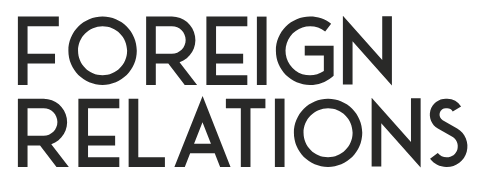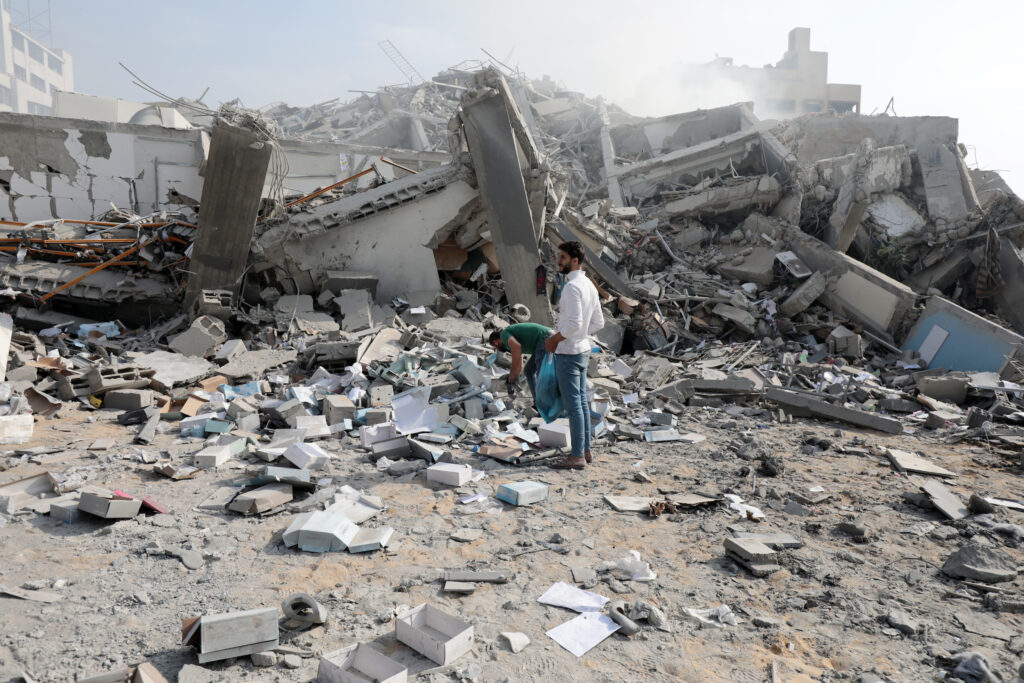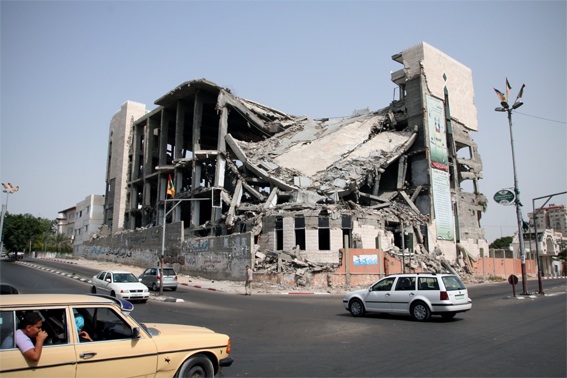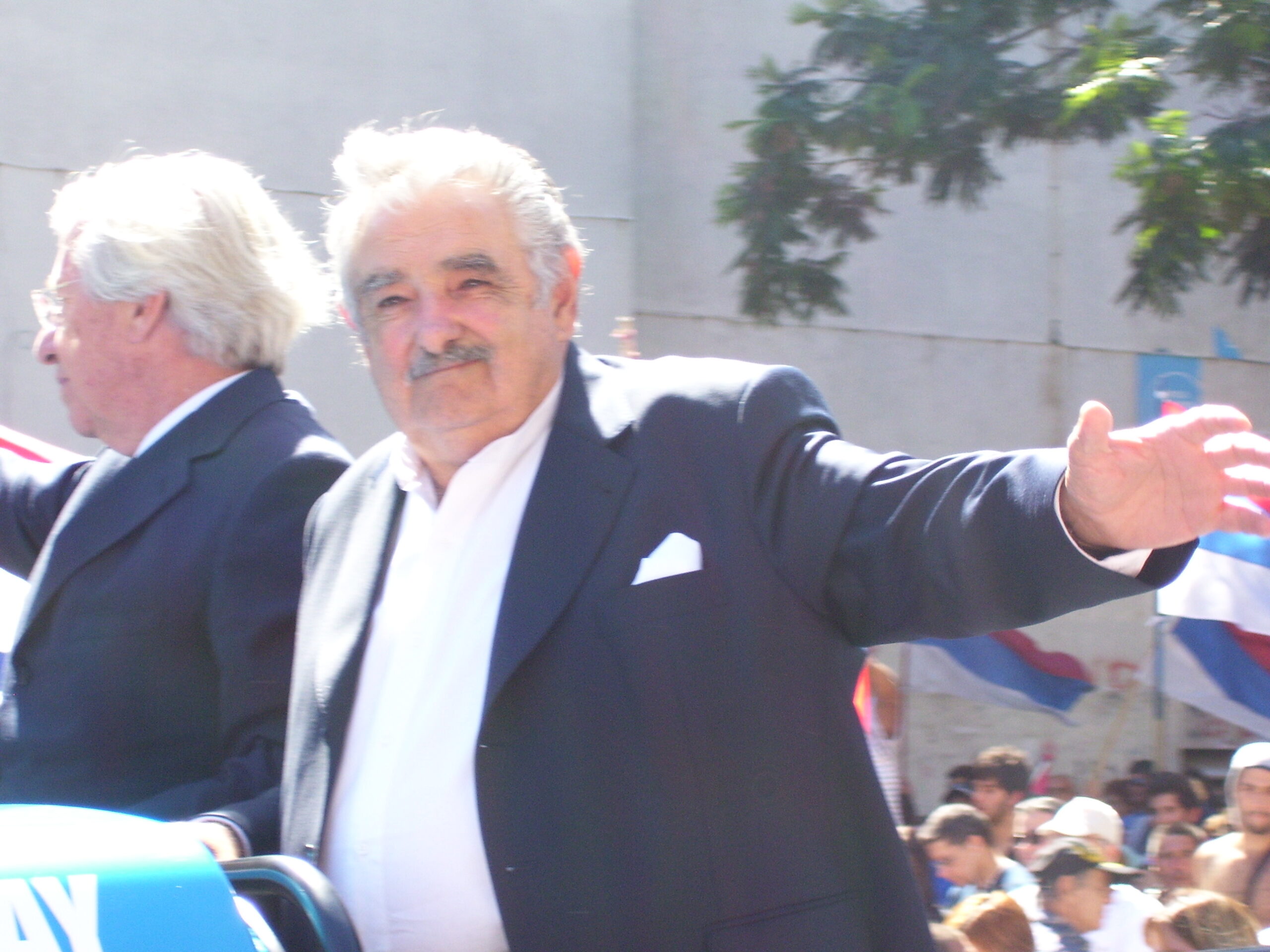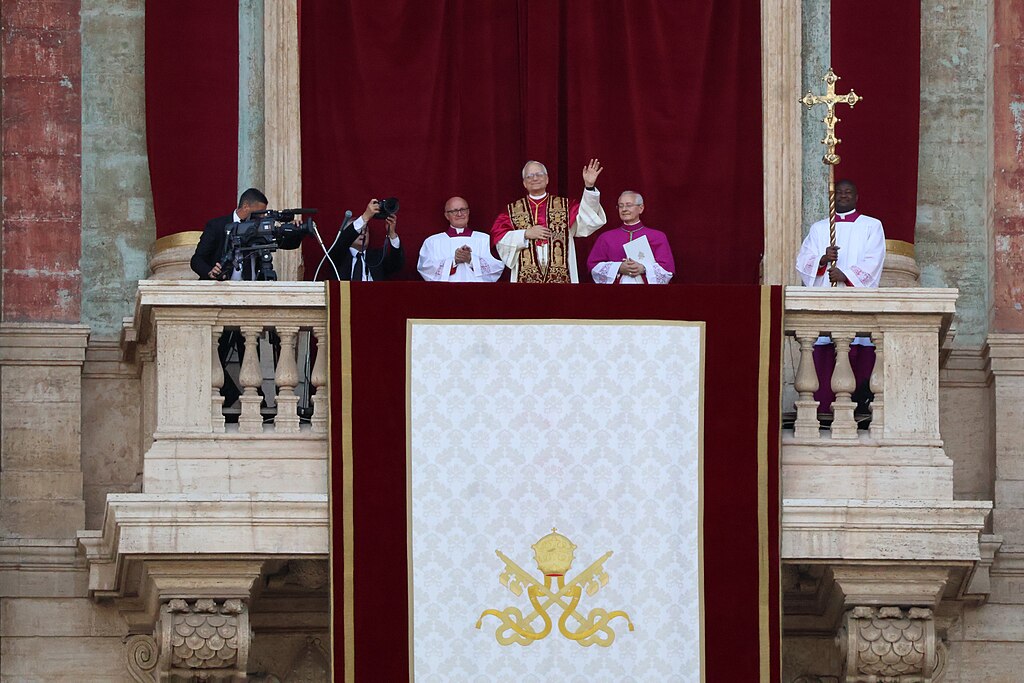Now Reading: Digital erasure: How social media platforms are silencing Palestinians in 2024
-
01
Digital erasure: How social media platforms are silencing Palestinians in 2024
Digital erasure: How social media platforms are silencing Palestinians in 2024
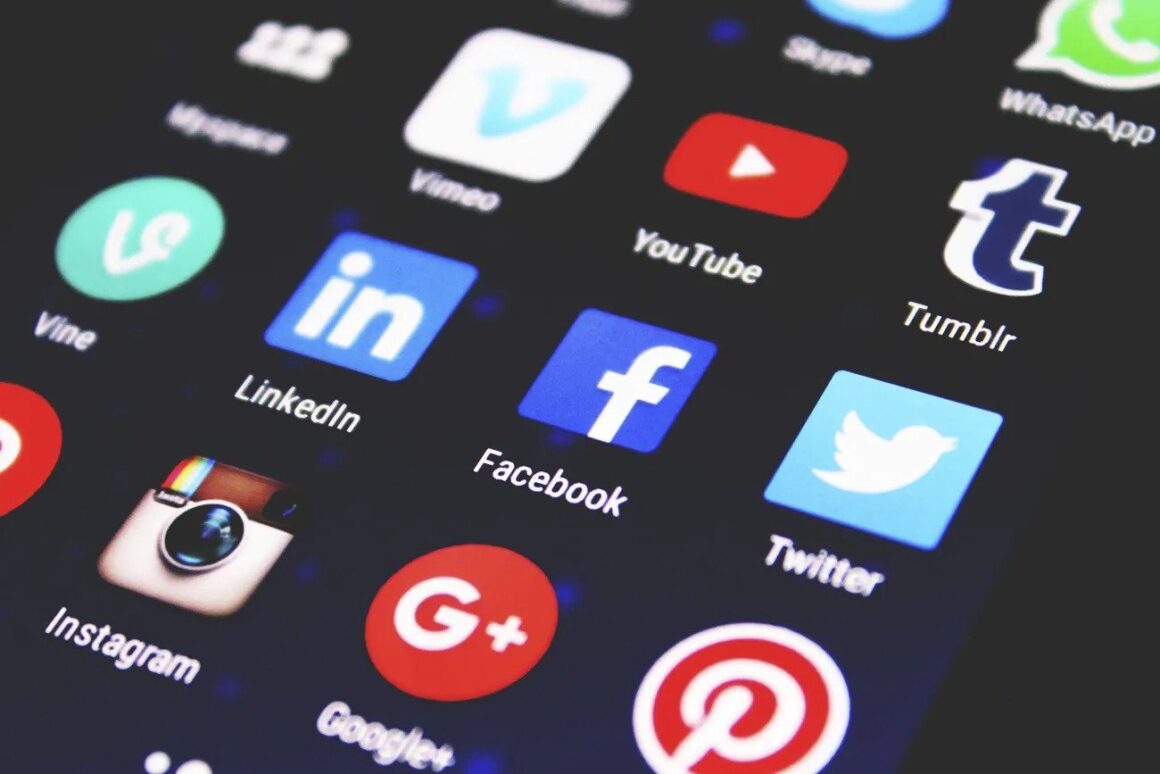
As Israel’s war on Gaza intensified in 2024, so too did the digital repression of Palestinian voices. A new report from Sada Social, a Palestinian digital rights organization, paints a troubling picture of how mainstream social media platforms — from Instagram to TikTok — are complicit in silencing Palestinian narratives.
The Digital Rights Index 2024, released in April, documents over 25,000 violations against Palestinian digital content across major platforms. These violations include content takedowns, shadow banning, account suspensions, and other forms of algorithmic suppression. The surge in censorship has coincided with a time that Palestinians are facing what the ICJ has called a ‘plausible’ case of genocide — precisely when digital expression is most needed to document the war crimes being committed by Israel on the ground.
Platforms of suppression
Sada Social’s data shows that content moderation disproportionately affects Palestinian users. The majority of violations occurred on Instagram (31 percent), TikTok (27 percent), Facebook (24 percent), and X (12 percent), with YouTube, SoundCloud, and others making up the rest.
Sada Social documented repeated cases in which Palestinian posts were removed or accounts restricted, particularly those sharing footage from Gaza, mourning martyrs, or expressing political solidarity. In some cases, users were locked out of their accounts entirely. The report highlights that such actions have a “profound impact” on freedom of expression, especially for users in war zones.
Journalists and media outlets targeted
Among the most alarming findings is that 29 percent of documented violations targeted journalists and media institutions, and 20 percent of those impacted were women journalists. Violations included post removals, visibility restrictions, and permanent bans — often without warning or transparent justification limiting public access to frontline information.
With international media often reliant on local coverage from Gaza, these violations not only silence Palestinian journalists but also restrict global understanding of events on the ground.
According to the report:
Censorship wasn’t limited to images of massacres but also extended to content related to the assassination of Ismail Haniyeh in Tehran, even if it lacked any political or memorial content. The censorship also included images of protests carrying anti-occupation slogans like “Death to Israel” and “Death to America,” which hindered the work of media organizations and violated the core principles of press freedom, which are based on reporting events without interference or biased censorship.
Incitement goes unchecked
While Palestinian content is frequently censored, the report highlights the unchecked spread of hate speech and incitement against Palestinians, particularly by Israeli accounts. Sada Social recorded over 87,000 instances of digital incitement in 2024, with many posted by Israeli officials.
The bulk of this incitement was found on Telegram (41 percent) and X (35 percent), with Meta platforms making up 15 percent.
The monitored content included direct calls for the killing of Palestinians, forced displacement, and dehumanizing language including “explicit calls for genocide.” Much of it came from Israeli public figures, soldiers, or influencers.
The report emphasized the systematic nature of this incitement as “a reflection of the Israeli government’s official policies aimed at gaining political and military advantages by promoting hate speech and misleading global public opinion.”
Sada Social documented 51 new anti-Palestinian narratives, “used to justify Israeli aggression in Gaza, the West Bank, and against Palestine supporters and international relief organizations.”
The double standard of social media platforms has led to accusations that social media companies are enabling state violence through selective enforcement of their own policies.
Survey: A silenced majority
As part of its research, Sada Social conducted a public opinion survey targeting Palestinian users both inside and outside of the occupied territories. The results reinforce the report’s findings: a majority of users report experiencing censorship, especially when posting about Gaza. A large majority of respondents experiences restrictions on Facebook (68.4 percent) and Instagram (65.8 percent), with TikTok (36.2 percent) and X (14.5 percent) following behind.
The topics most likely to trigger censorship included posts about Palestinian martyrs (86.8 percent), Israeli military aggression (60.5 percent), general expressions of solidarity with Palestine (53.3 percent), Palestinian resistance factions (51.3 percent), prisoners and detainees (45.4 percent), and boycott campaigns (32.9 percent).
Global implications
These numbers confirm what many Palestinians have long claimed: that social media platforms systematically restrict Palestinian political expression, even when that expression documents human rights violations or calls for nonviolent resistance.
The survey also found that a significant number of users outside of Palestine experienced content suppression as well — showing that the digital repression of Palestinian content is not confined to specific geographies.
The report urged international civil society organizations to pressure tech firms and policy-makers, emphasizing that digital rights are an extension of human rights — especially during war and occupation.
The Sada Social Digital Rights Index serves as a vital reminder that online platforms are not neutral. In the context of colonial violence and asymmetric warfare, algorithms, reporting mechanisms, and moderation practices become part of the conflict itself.
For Palestinians, social media has become both a lifeline and a battleground, a space to mourn, to resist, and to be seen. But as the report shows, even these spaces are shrinking under the weight of digital repression.
Stay Informed With the Latest & Most Important News
-
 01Pepe Mujica: The Rich Legacy of the Peasant Who Knew How to Make Concessions to the Market Without Losing Ideological Direction
01Pepe Mujica: The Rich Legacy of the Peasant Who Knew How to Make Concessions to the Market Without Losing Ideological Direction -
 02New modelling reveals full impact of Trump’s ‘Liberation Day’ tariffs – with the US hit hardest
02New modelling reveals full impact of Trump’s ‘Liberation Day’ tariffs – with the US hit hardest -
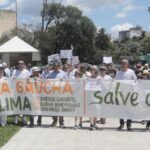 03Democracy in the Face of Ecological Collapse
03Democracy in the Face of Ecological Collapse -
 04New Pope Possesses Attributes That Could Expand Vatican’s Diplomatic Influence in Global Geopolitics
04New Pope Possesses Attributes That Could Expand Vatican’s Diplomatic Influence in Global Geopolitics -
 05What’s so special about Ukraine’s minerals? A geologist explains
05What’s so special about Ukraine’s minerals? A geologist explains -
 0650 years later, Vietnam’s environment still bears the scars of war – and signals a dark future for Gaza and Ukraine
0650 years later, Vietnam’s environment still bears the scars of war – and signals a dark future for Gaza and Ukraine -
 07China’s new underwater tool cuts deep, exposing vulnerability of vital network of subsea cables.
07China’s new underwater tool cuts deep, exposing vulnerability of vital network of subsea cables.
